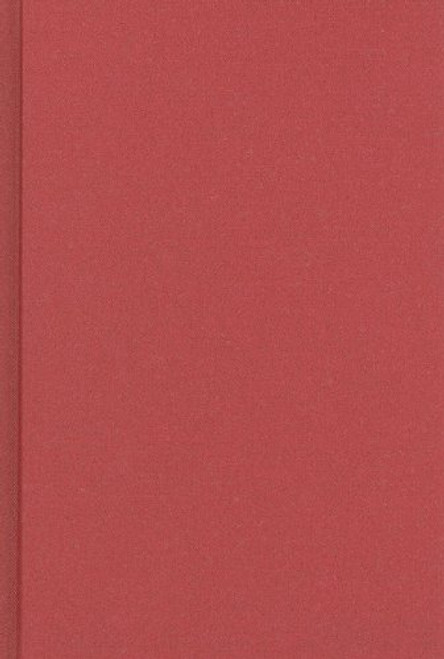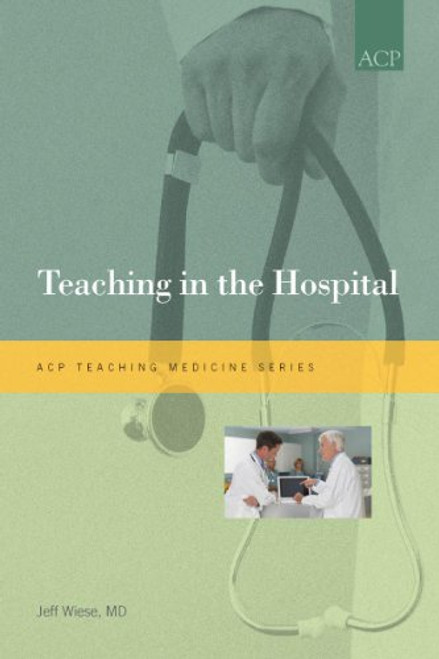Product Overview
Graphic novels are now appearing in a great variety of courses: composition, literature, drama, popular culture, travel, art, translation. The thirty-four essays in this volume explore issues that the new art form has posed for teachers at the university level. Among the subjects addressed are
- terminology (graphic narrative vs. sequential art, comics vs. comix)
- the three outstanding comics-producing cultures today: the American, the Japanese (manga), and the Franco-Belgian (the bande dessine)
- the differences between the techniques of graphic narrative and prose narrative,and between the reading patterns for each
- the connections between the graphic novel and film
- the lives of the new genre's practitioners (e.g., Robert Crumb, Harvey Pekar)
- women's contributions to the field (e.g., Lynda Barry)
- how the graphic novel has been used to probe difficult moments in history (the Holocaust, 9/11), deal with social and racial injustice, and voice political satire
- postmodernism in the graphic novel (e.g., in the work of Chris Ware)
- how the American superhero developed in the Depression and World War II
- comix and the 1960s counterculture
- the challenges of teaching graphic novels that contain violence and sexual content
The volume concludes with a selected bibliography of the graphic novel and sequential art.






